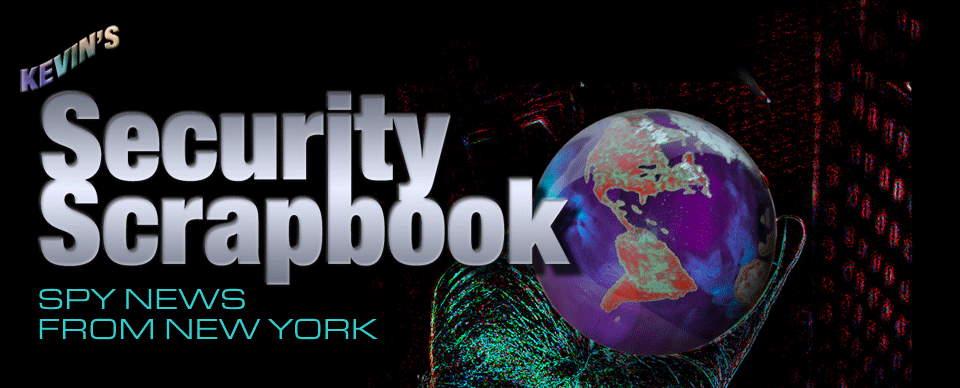Researchers in China have created a new technique for long-distance eavesdropping by tapping into fibre-optic cables, which are prominently used in networks across the globe.Abstract: The optical fiber network has become a worldwide infrastructure. In addition to the basic functions in telecommunication, its sensing ability has attracted more and more attention. more
In this paper, we discuss the risk of household fiber being used for eavesdropping and demonstrate its performance in the lab.
Using a 3-meter tail fiber in front of the household optical modem, voices of normal human speech can be eavesdropped by a laser interferometer and recovered 1.1 km away.
The detection distance limit and system noise are analyzed quantitatively. We also give some practical ways to prevent eavesdropping through household fiber. more
Eavesdropping via fiber optics is actually far from being new, as anyone who dealt with Mason & Hanger last century could tell you. In fact, we were alerting our clients to fiber optic eavesdropping microphones on our thank you mugs...
"Spy Trick #409 - Fiber Optic Microphone"
1994 - 1999
Number made - 323
1994 - 1999
Number made - 323








